Controlled abstraction: Galerie Perrotin hosts a show on Korea’s Origin school
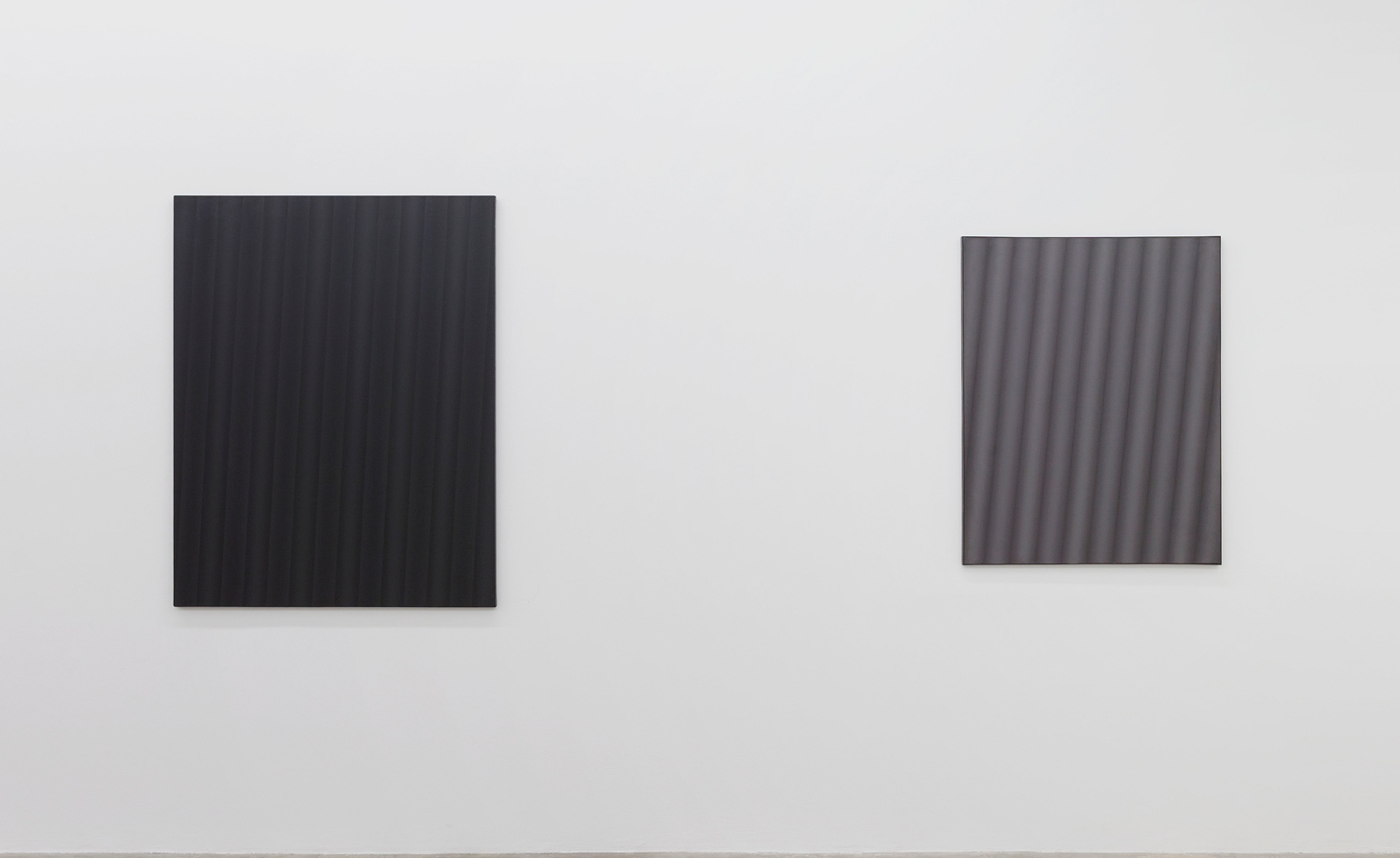
Most art ‘schools’ or movements, mini and major, fire, fizzle and fade rapidly. An initial burst of creative energy soon dissipates; there is tension and splintering and key players move on to other things. Some though show more staying power, the artists involved convinced that their mission and methods remain vital and relevant.
A new show at Paris’ Galerie Perrotin looks at the foundation, remarkably long-life and continuing influence of Korea’s Origin school, and particularly the work of three founder members Choi Myoung-Young, Suh Seung-Won and Lee Seung-Jio.
All were born in the early 1940s, studied at Hongik University in Seoul and lived through the end of the Japanese occupation (just about), the Korean War and the April Revolution of 1960. Founded in 1962, the Origin school responded to this turmoil with an insistence on a cool, controlled and system-based abstraction. After the hot and high emotion of the Korean take on abstract expressionism, Choi, Suh and Lee were determined, as the name suggests, on going back to basics and developing their own creative constraints.
Instead of using a brush, Choi Myoung-Young paints with his fingers, making thousands of repeated fingerprints, each impression unique, creating regular but pulsing patterns. Suh Seung-Won sends coloured triangles, squares and diamond shapes spinning across and off the canvas. Lee Seung-Jio meanwhile plays, to hypnotic effect, with repeating perfectly rendered cylinders, or buzzing neon tubes. In all three the emphasis is on both reason and repetition, on meditative process and effect.
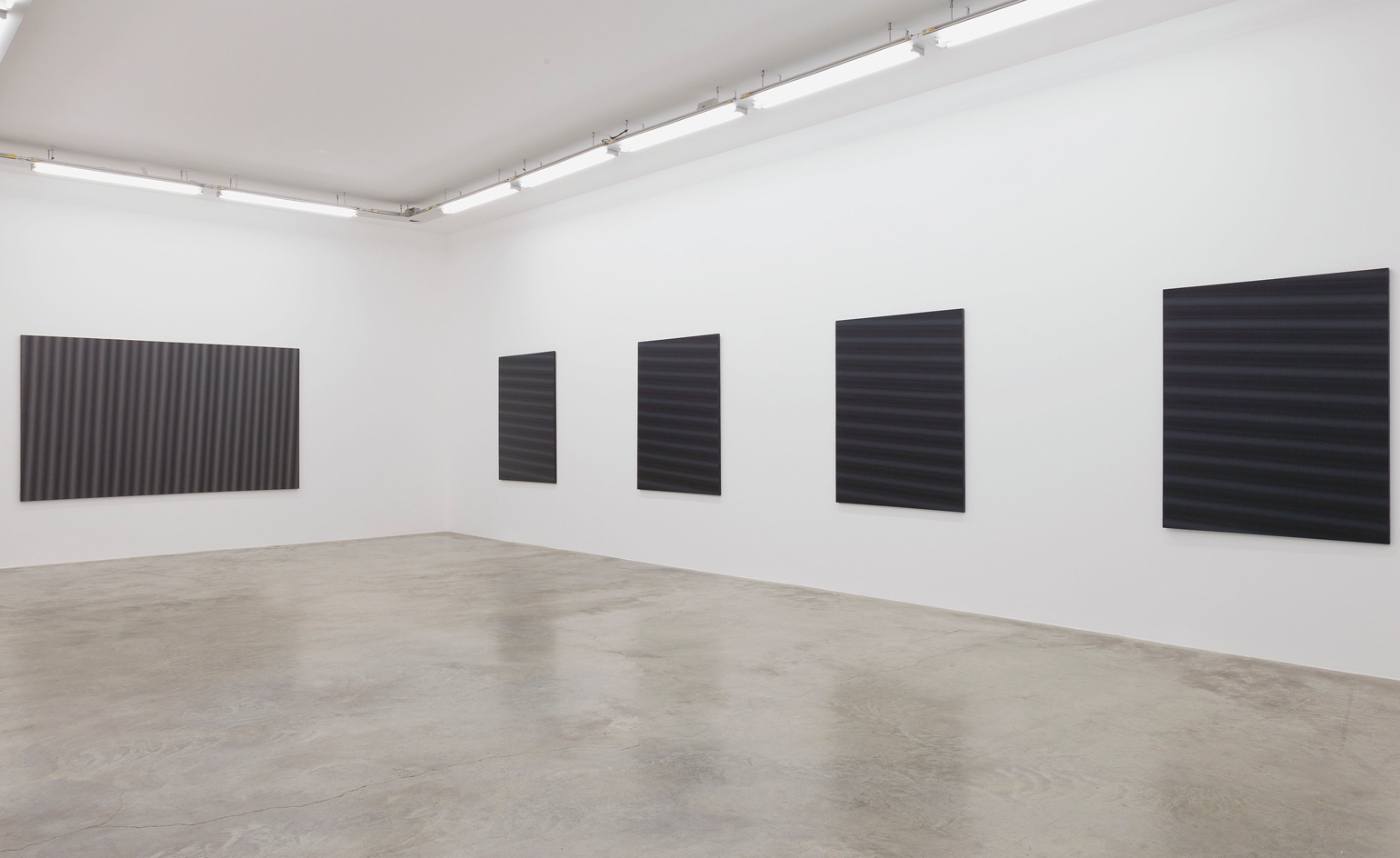
All were born in the early 1940s, studied at Hongik University in Seoul and lived through the end of the Japanese occupation (just about), the Korean War and the April Revolution of 1960. Pictured: exhibition view, showing works by Lee Seung-Jio

Instead of using a brush, Choi Myoung-Young paints with his fingers, making thousands of repeated fingerprints. Pictured: exhibition view, showing works by Choi Myong-Young
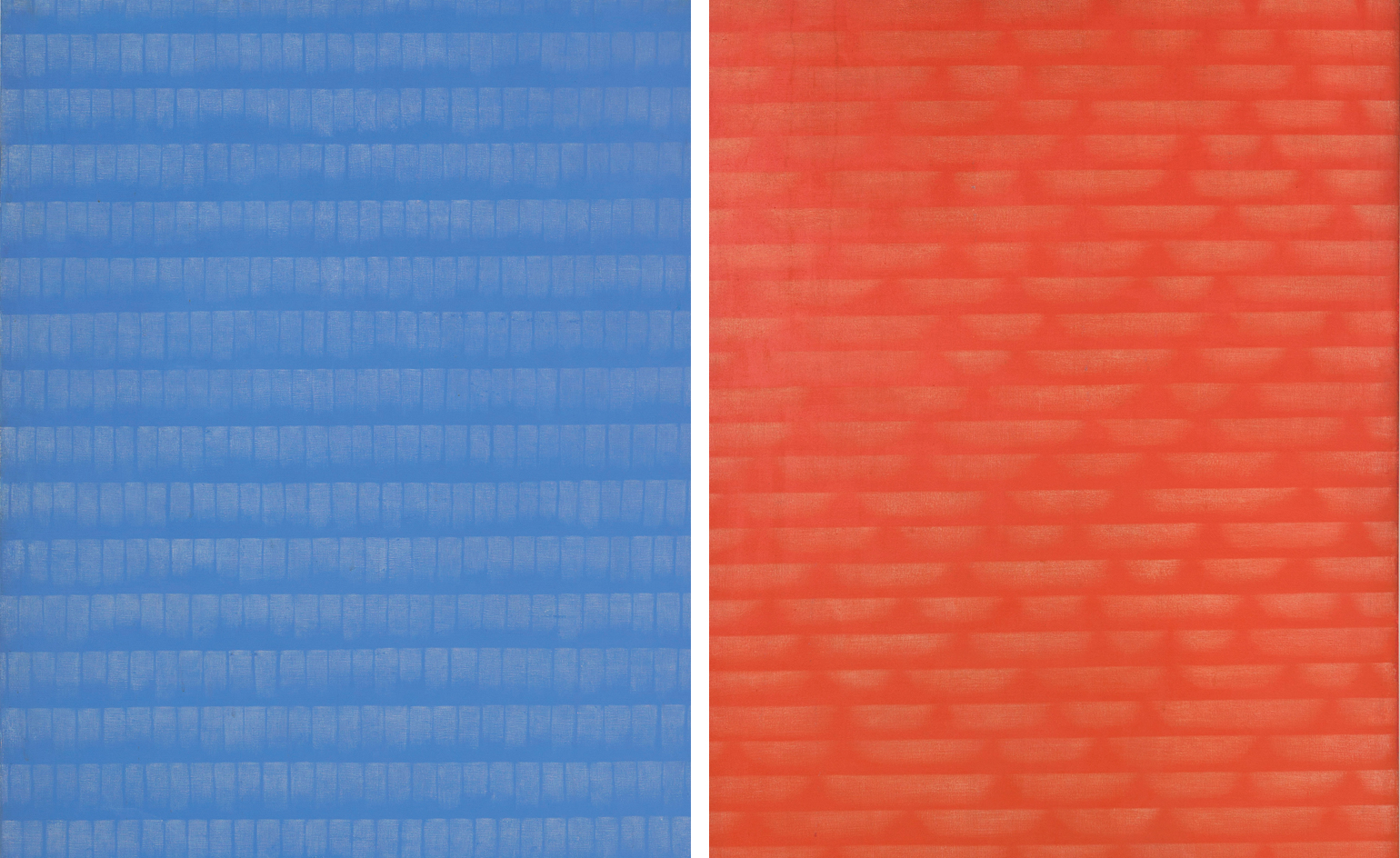
Pictured left: Sign of Equality 75–52, by Choi Myong-Young, 1975. Right: Sign of Equality 75–51, by Choi Myong-Young, 1975
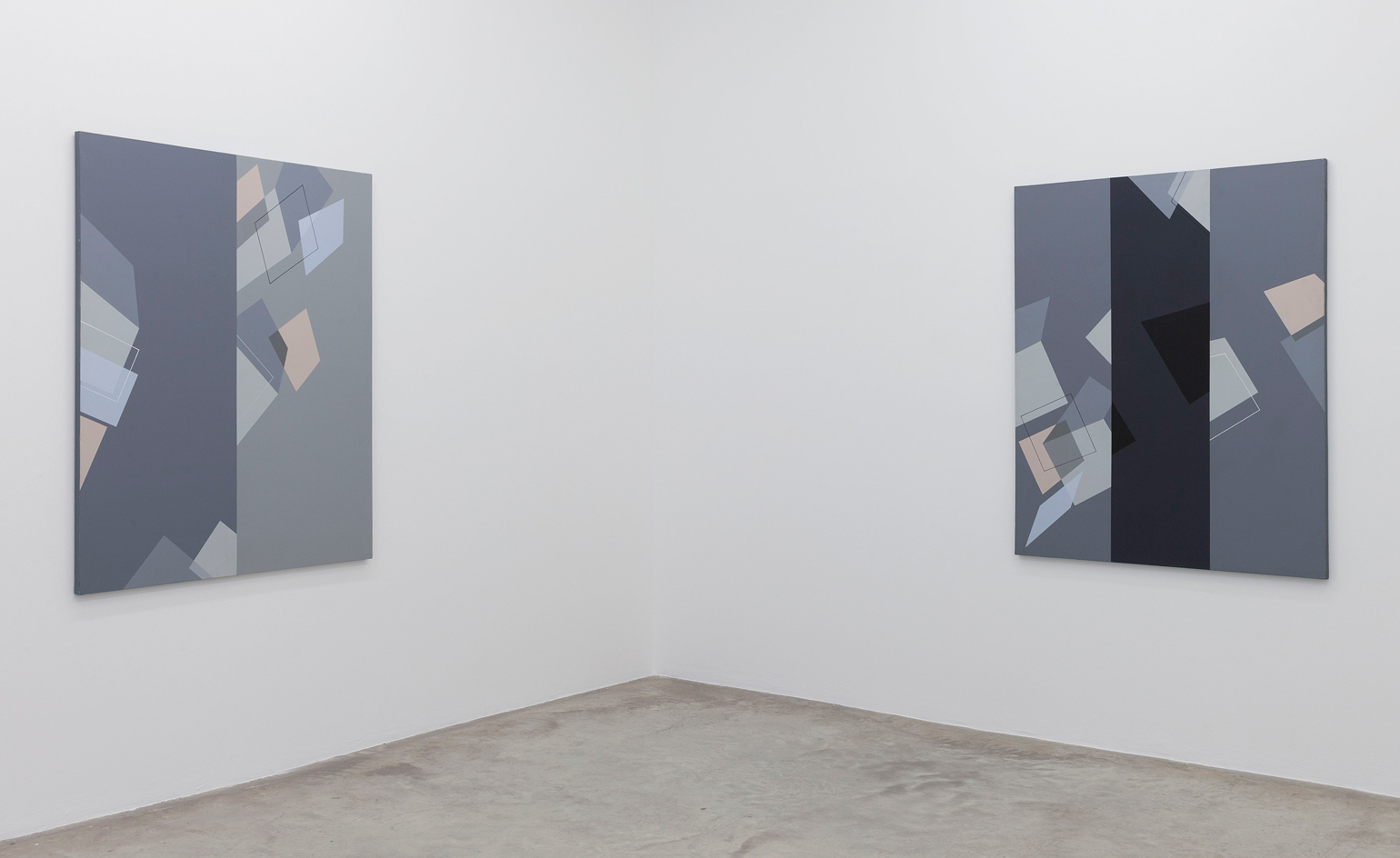
After the hot and high emotion of the Korean take on abstract expressionism, Choi, Suh and Lee were determined, as the name suggests, on going back to basics and developing their own creative constraints. Pictured: exhibition view, showing works by Suh Seung-Won
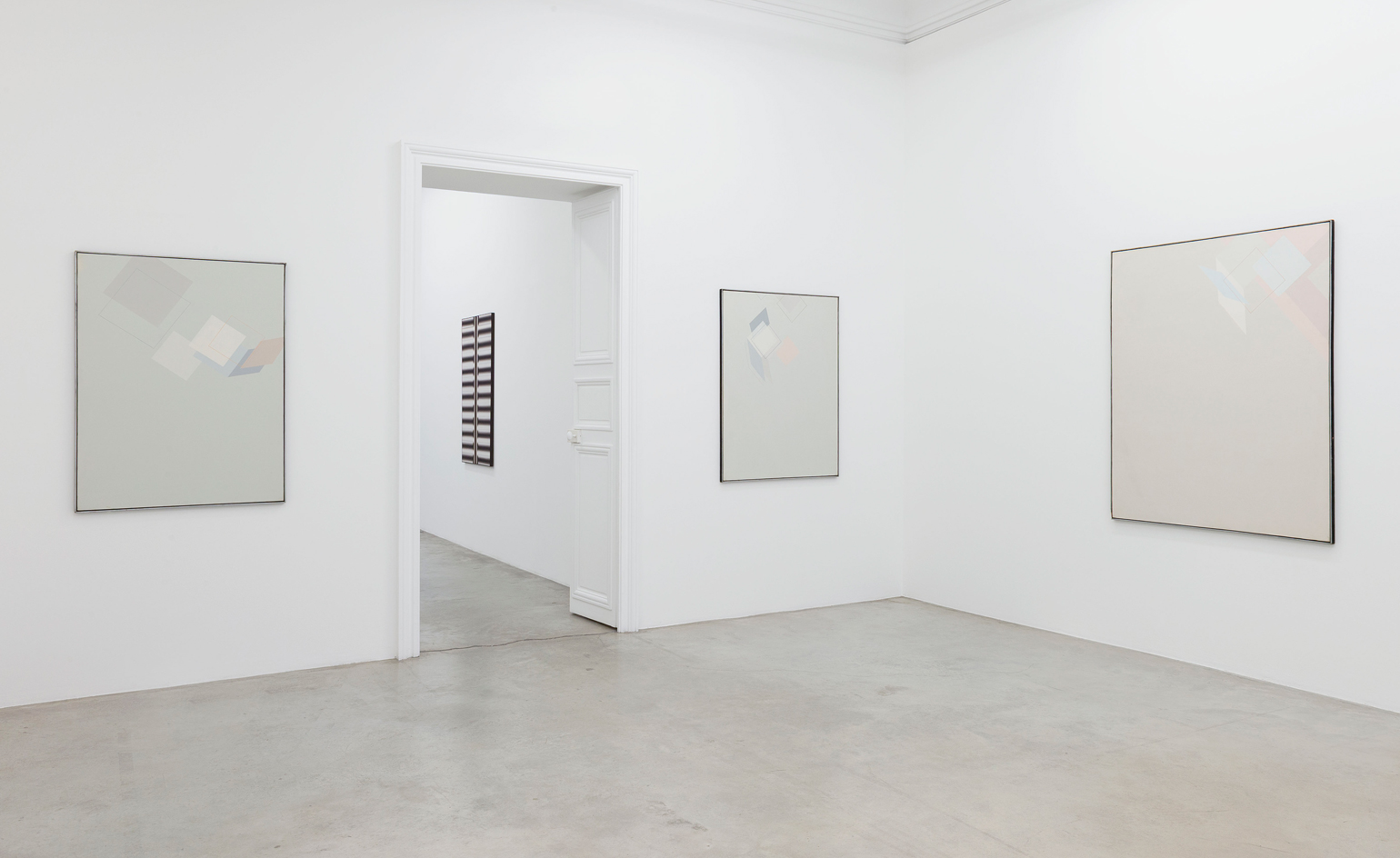
Suh Seung-Won sends coloured triangles, squares and diamond shapes spinning across and off the canvas. Pictured: exhibition view, showing works by Suh Seung-Won

Pictured left: Simultaneity 88–910, by Suh Seung-Won, 1988. Right: Simultaneity 89–68, by Suh Seung-Won, 1989
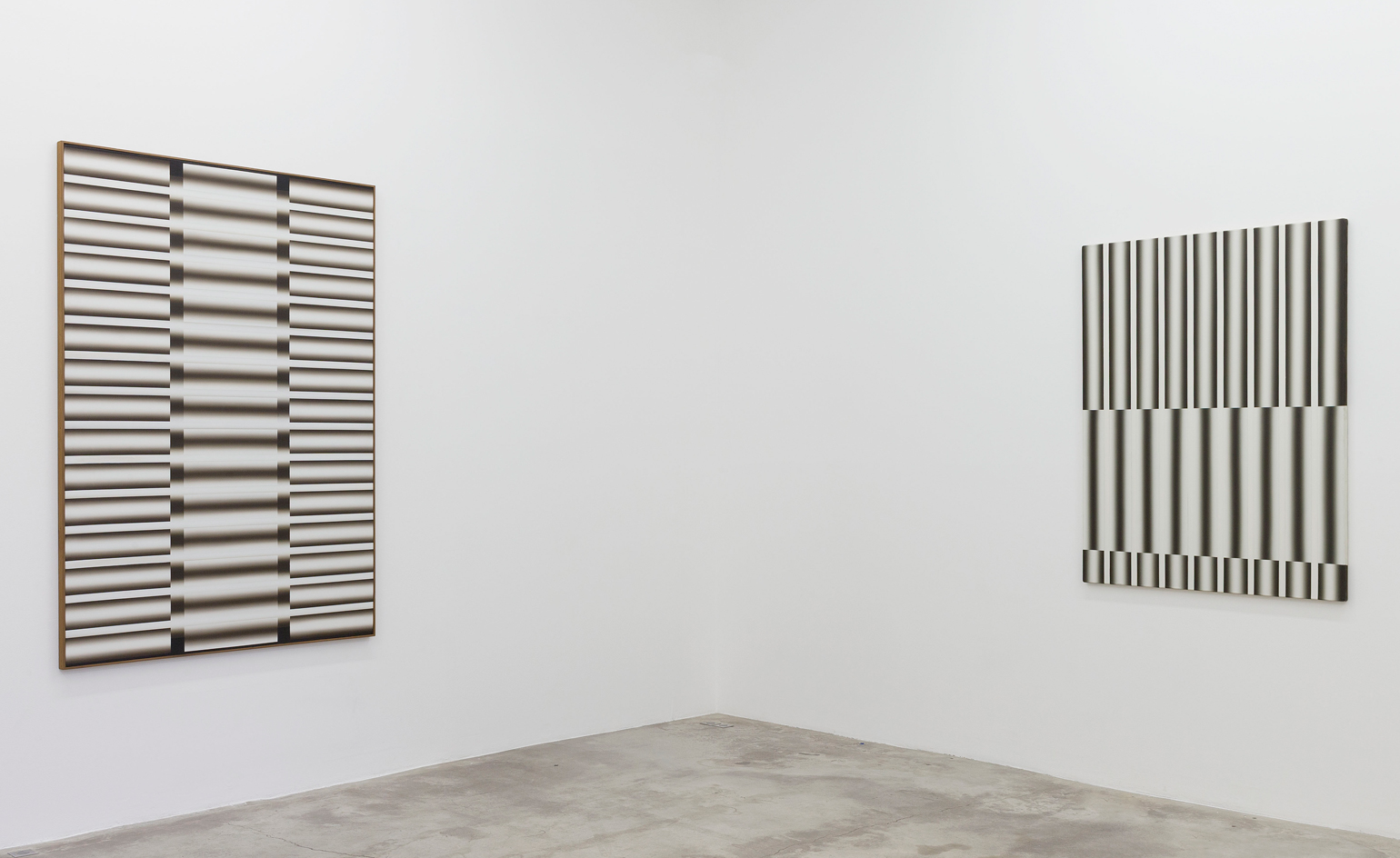
Lee Seung-Jio plays, to hypnotic effect, with repeating perfectly rendered cylinders, or buzzing neon tubes. Pictured: exhibition view, showing works by Lee Seung-Jio
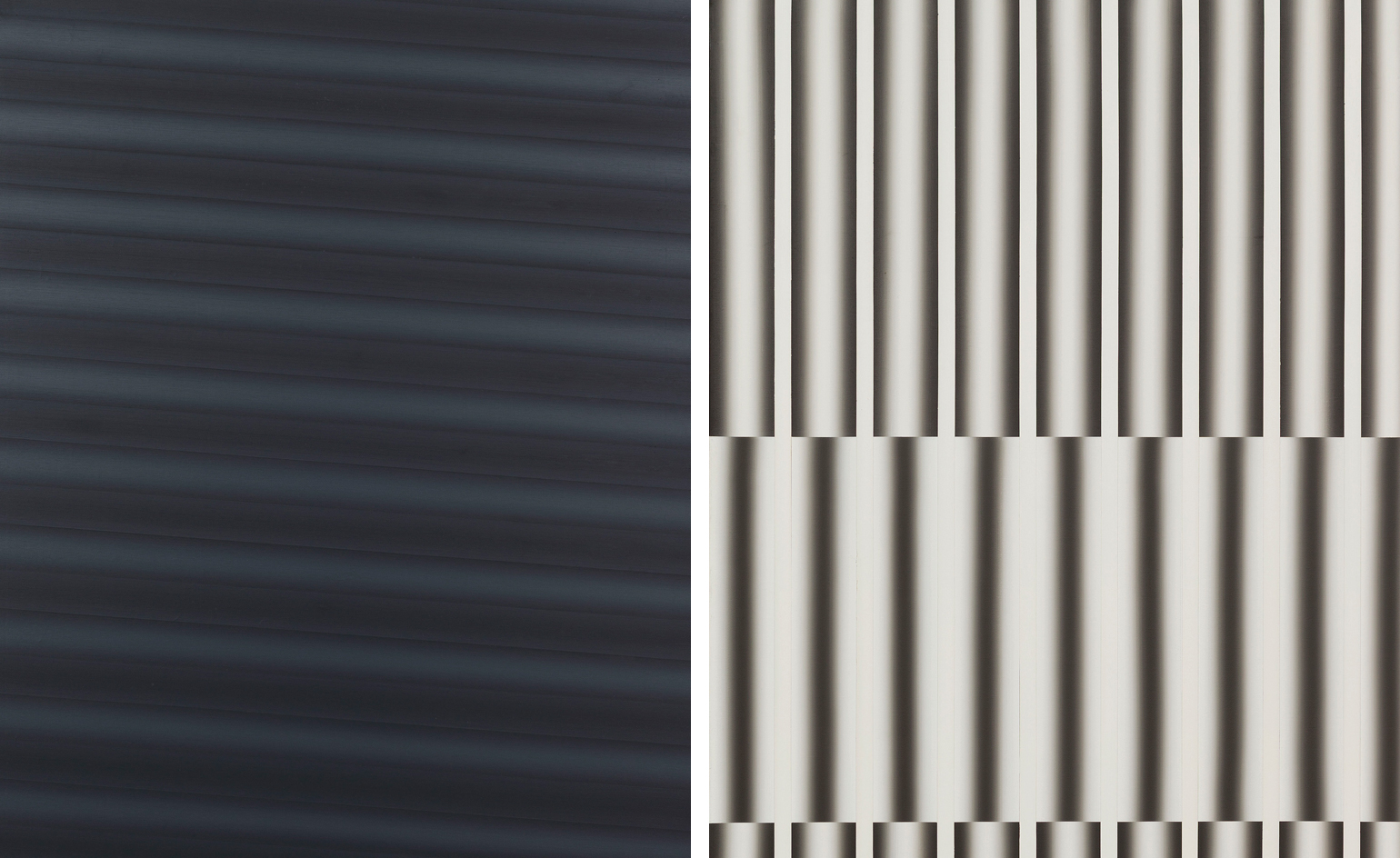
Pictured left: Nucleus 78–23, by Lee Seung-Jio, 1978. Right: Nucleus 85–1, by Lee Seung-Jio, 1985
INFORMATION
’Origin: Choi Myoung-Young, Lee Seung-Jio and Suh Seung-Won’ is on view until 27 February. For more information, visit Galerie Perrotin’s website
ADDRESS
Galerie Perrotin
76 rue de Turenne
75003 Paris
Receive our daily digest of inspiration, escapism and design stories from around the world direct to your inbox.
-
 Year in Review: we’re always after innovations that interest us – here are ten of 2025’s best
Year in Review: we’re always after innovations that interest us – here are ten of 2025’s bestWe present ten pieces of tech that broke the mould in some way, from fresh takes on guitar design, new uses for old equipment and the world’s most retro smartwatch
-
 Art and culture editor Hannah Silver's top ten interviews of 2025
Art and culture editor Hannah Silver's top ten interviews of 2025Glitching, coding and painting: 2025 has been a bumper year for art and culture. Here, Art and culture editor Hannah Silver selects her favourite moments
-
 In Norway, remoteness becomes the new luxury
In Norway, remoteness becomes the new luxuryAcross islands and fjords, a new wave of design-led hideaways is elevating remoteness into a refined, elemental form of luxury
-
 ‘The Black woman endures a gravity unlike any other’: Pharrell Williams explores diverse interpretations of femininity in Paris
‘The Black woman endures a gravity unlike any other’: Pharrell Williams explores diverse interpretations of femininity in ParisPharrell Williams returns to Perrotin gallery in Paris with a new group show which serves as an homage to Black women
-
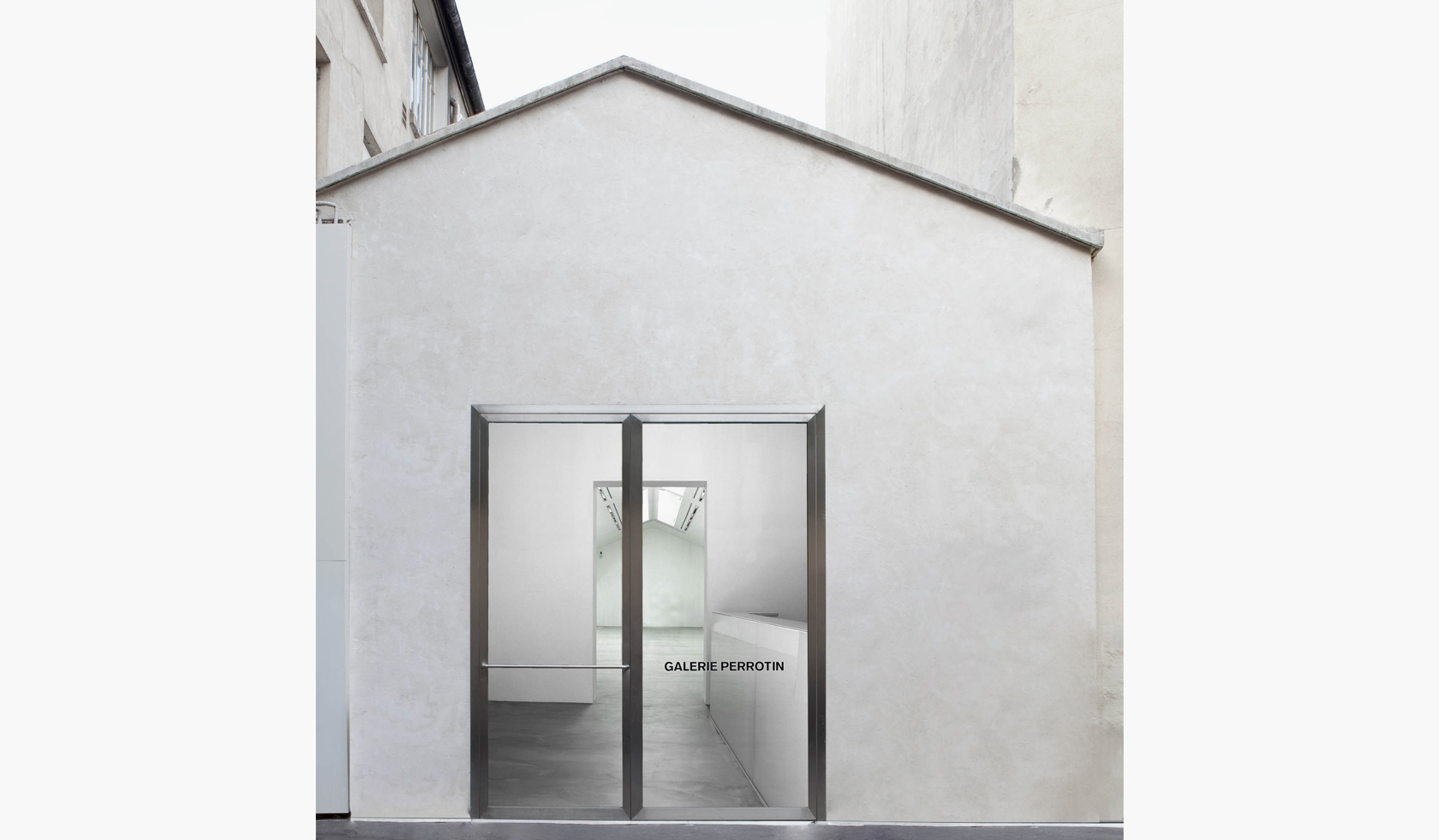 As Paris begins to reopen, Perrotin introduces a series of spirited cooperative exhibitions
As Paris begins to reopen, Perrotin introduces a series of spirited cooperative exhibitionsIn the name of solidarity, Perrotin has invited 26 Parisian galleries to take part in four consecutive presentations in its Saint-Claude space
-
 Perrotin releases Maurizio Cattelan banana t-shirts to benefit hunger-relief charity
Perrotin releases Maurizio Cattelan banana t-shirts to benefit hunger-relief charityProfits from each sale will go towards Feeding South Florida, a food bank serving Palm Beach, Broward, Miami-Dade and Monroe counties
-
 Daniel Arsham’s eroded relics are rooted in classical sculpture
Daniel Arsham’s eroded relics are rooted in classical sculptureThe New York-based artist turns back time for an exhibition of crystallised busts, friezes and sculptures at Galerie Perrotin in Paris
-
 Lee Bae’s fascination with charcoal continues to burn bright
Lee Bae’s fascination with charcoal continues to burn brightThe South Korean artist explores charcoal for an exhibition at Galerie Perrotin’s New York outpost
-
 Barry McGee sheds light on ‘the other side’ of Hong Kong
Barry McGee sheds light on ‘the other side’ of Hong KongThe San Francisco-based artist incorporates an eclectic array of media for his first exhibition with Perrotin, from painted surfboards to hand-thrown ceramics, obsolete television sets and found objects sourced during his stay in the city
-
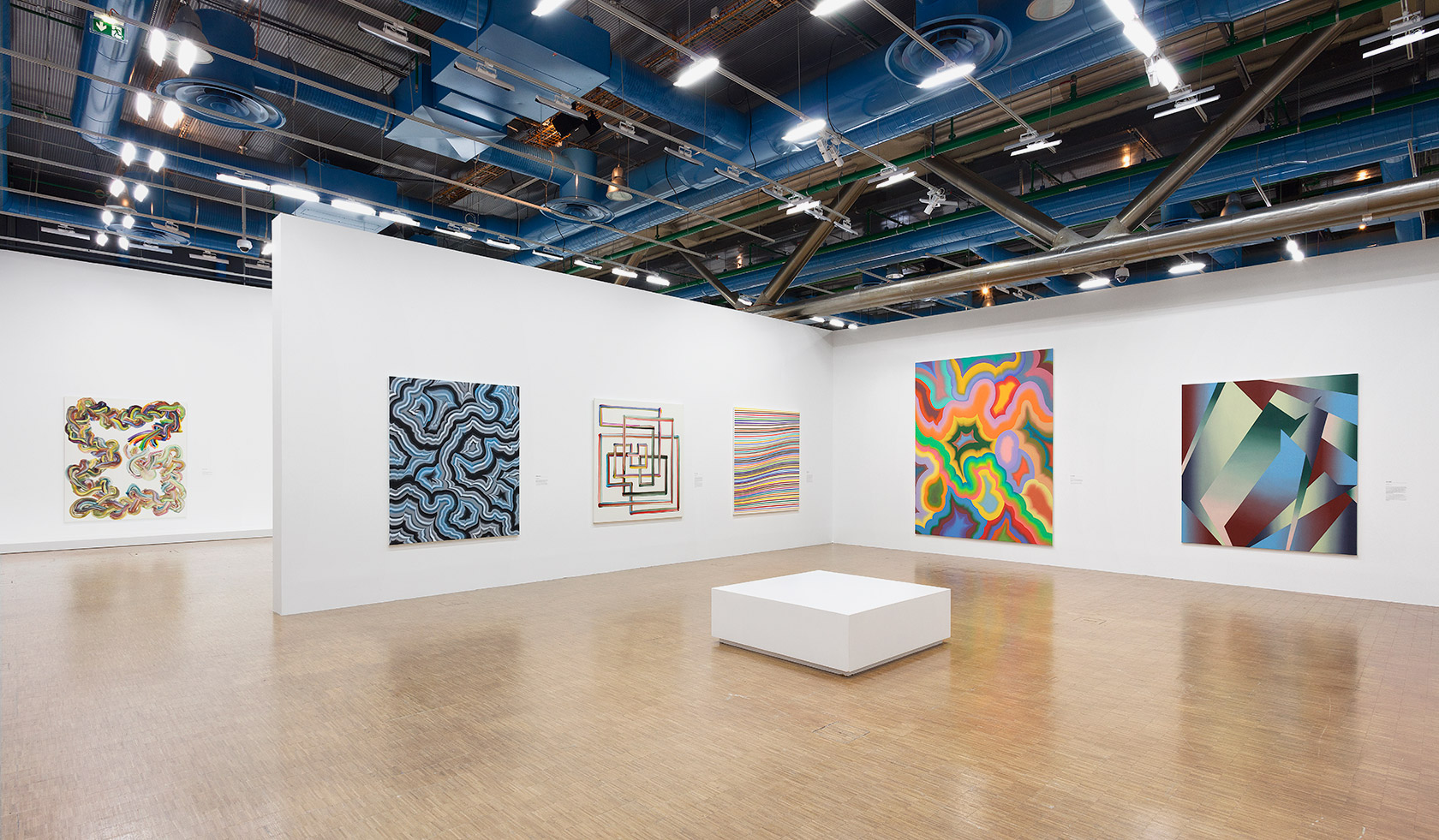 A double bill of Bernard Frize hits all the right notes
A double bill of Bernard Frize hits all the right notesIt’s been over a decade since the artist last exhibited in France. Now, a duo of Paris exhibitions at Perrotin and Centre Pompidou are casting his four decades-long painting practice in a new light
-
 Perrotin Shanghai art gallery opens with Wim Delvoye exhibition
Perrotin Shanghai art gallery opens with Wim Delvoye exhibition